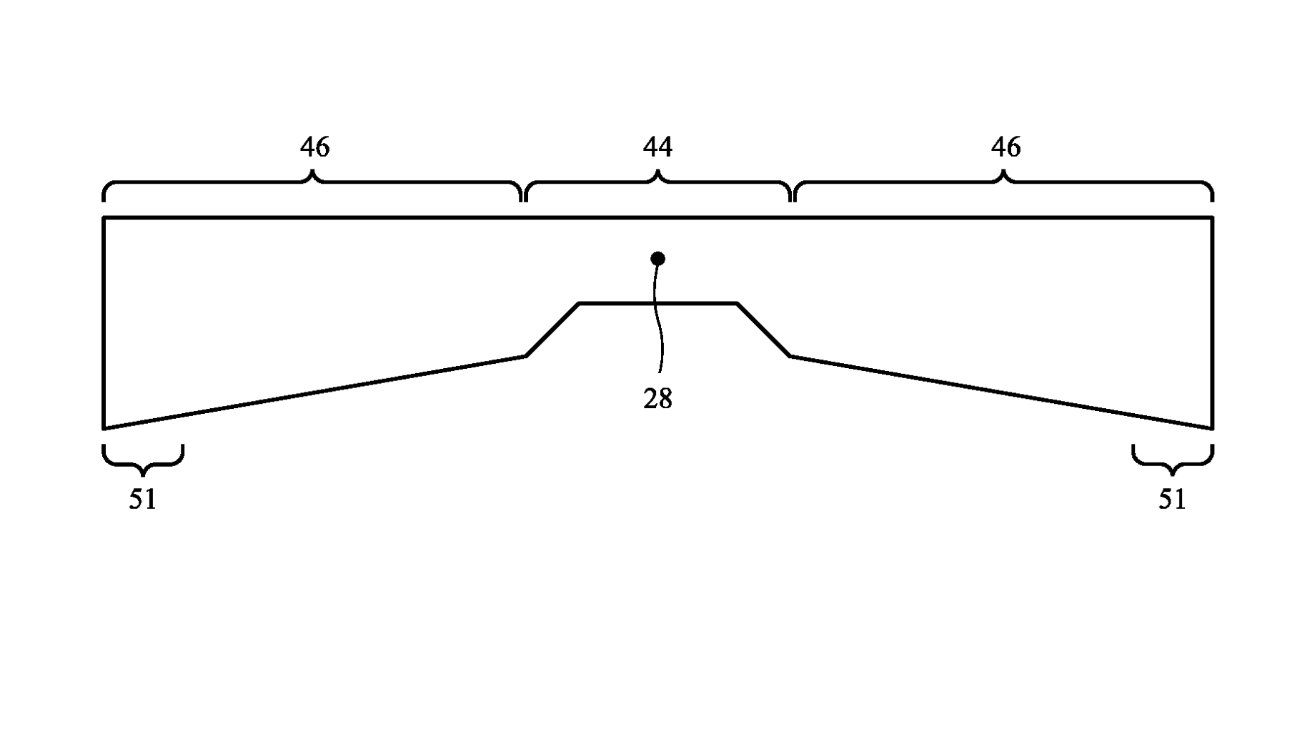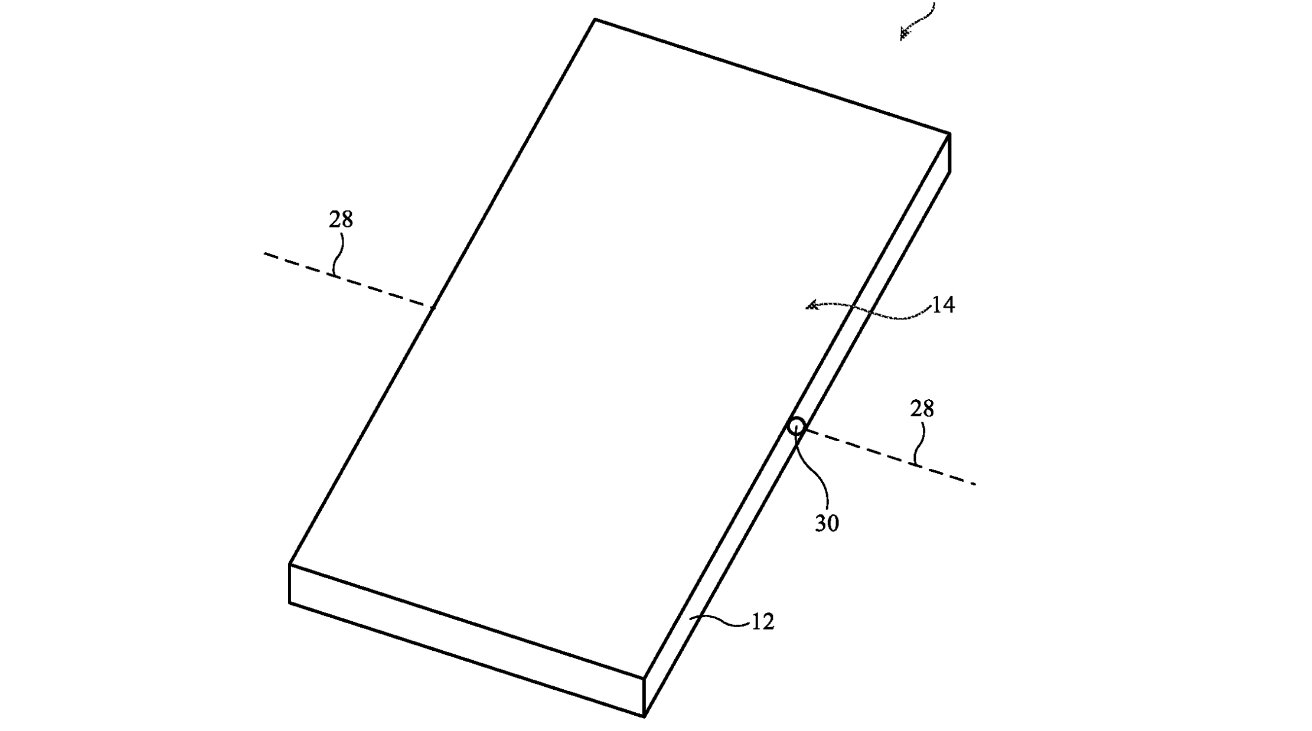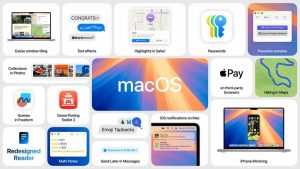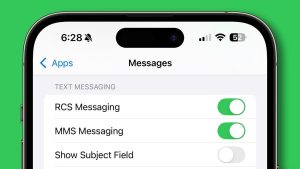
Detail from the patent showing where the thinned part of the display would be

The evidence for Apple making a folding iPhone or iPad keeps mounting, and now the company has been granted a patent for a very particular issue with glass displays.
Apart from one rather sketchy claim that Apple has simply given up on an iPhone Fold, normally the rumors say it’s nearly here. One report claimed that Apple was currently working on two models, and there have been countless patent applications on the topic.
Now Apple’s application for a patent called “Electronic Devices With Durable Folding Displays,” has been granted. It’s far from a complete plan for a folding display, but it covers a crucial part of how the two halves of a folding display can come together.
“A recess may be formed in the layer of glass that extends along the bend axis,” says Apple. “The recess may form a flexible locally thinned portion in the layer of glass that allows the glass layer to bend about the bend axis.”
So, Apple’s idea is to have a glass display taper directed toward the center. It’s possible that Apple is thinking of a foldable display being two regular ones placed on either side of a hinge, but they would still benefit from being made thinner at the key point.
Interestingly, most patents tend to concentrate on one key point, even if they also try to make it sound as if their idea covers a wide range of future possible uses of the proposal. There’s an element of that here, but the patent has two key themes.
The first is this business of making the glass thinner for the sections where it needs to bend or intersect. But the second is to take that same display and make its glass thicker.
“To ensure that the display cover layer exhibits satisfactory impact resistance during drop events,” continues Apple, “corner portions of the display cover layer and other edge portions of the display cover layer may be provided with greater thickness relative to other portions of the display cover layer outside of the locally thinned portion.”

Detail from the patent showing where thinned glass would be needed in an iPhone fold
An iPhone or iPad is likely to suffer the most damage if it is dropped so that a corner hits the ground. So, this might be a case of Apple anticipating future needs and managing to address a current one.
Note that Apple applies for thousands of patents every year. Even when one is granted, it does not mean that a product will definitely be made using it.




